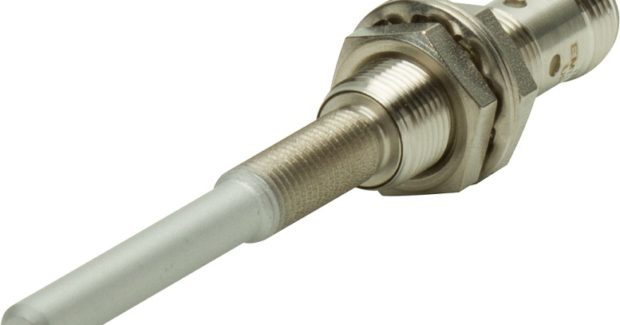Weld Nut Sensors Increase Process Reliability
An economical alternative to more expensive optical or vision-based systems, IP67-rated weld nut sensors from Turck reliably detect the presence or absence of a nut welded to sheet metal to ensure efficient and accurate production in welding applications.
Posted: July 29, 2019
IP67-rated weld nut sensors from Turck Inc. (Plymouth, MN) help users reliably detect the presence or absence of a nut welded to sheet metal to ensure efficient and accurate production in welding applications. An economical alternative to more expensive optical or vision-based systems, these weld nut sensors include designs that can detect nuts or collars from M5 to M20, or up to 24 mm diameter. Bright, four-way LEDs indicate the output status. Low-profile designs are available for compact applications, measuring 61 mm with a probe tip diameter of 4 mm to accommodate down to a 5 mm weld nut. These weld nut sensors use magnetic inductive technology and can be simply programmed to detect the presence of a metallic nut. An optional teach pendant can be used to program the sensor to differentiate between the sheet metal material and the weld nut. When the nut is properly placed, the sensor sends a signal to the PLC, which allows the robotic welder to weld the nut to the sheet metal.
For extreme conditions, sensing probe tips are available with an optional titanium nitride (TiN) coating to resist scratches and protect the sensor from wear and weld splatter. Sensors are also available with integrated cables. The cable version includes a robust TPE-style jacket with a molded M12 connector for flexible mounting possibilities.
Turck Inc., 3000 Campus Drive, Plymouth, MN 55441, 800-544-7769, tusa.marketing@turck.com, www.turck.us.




